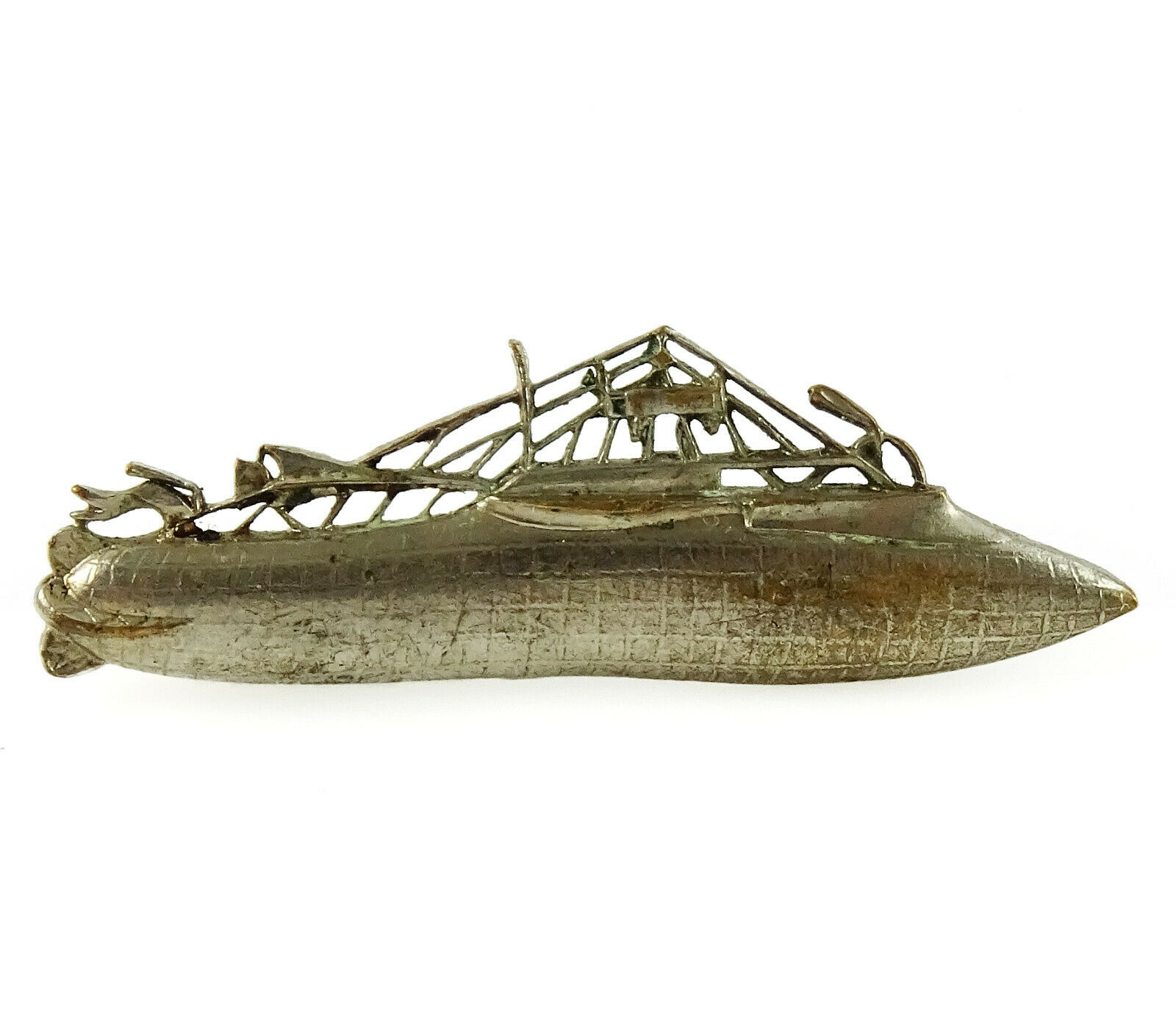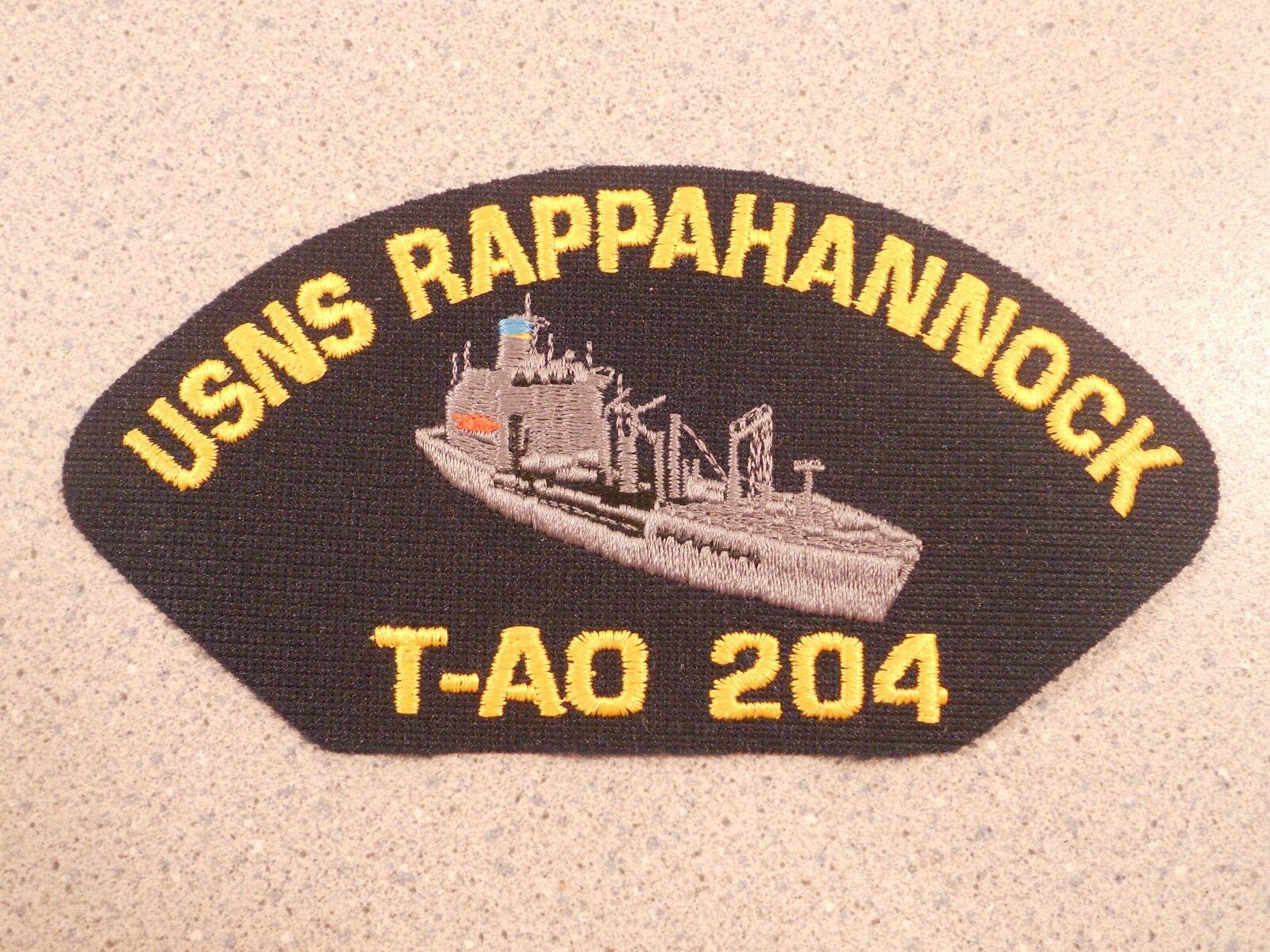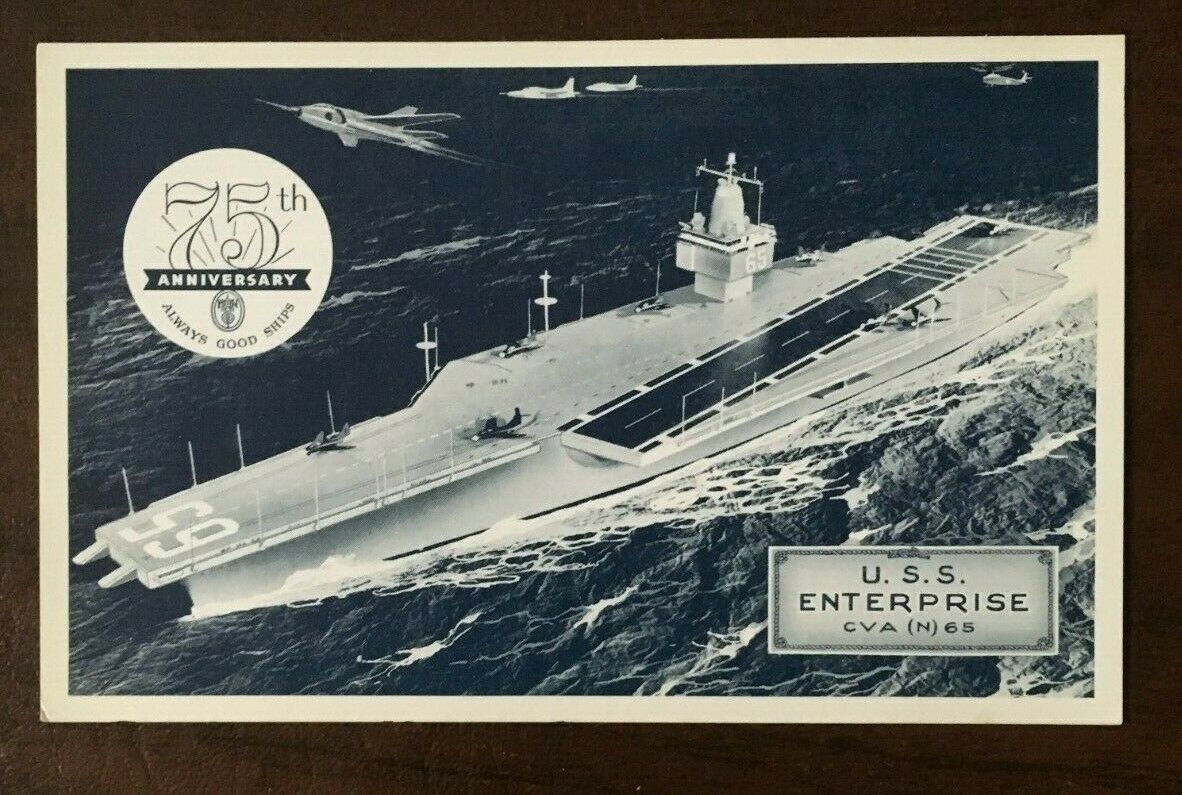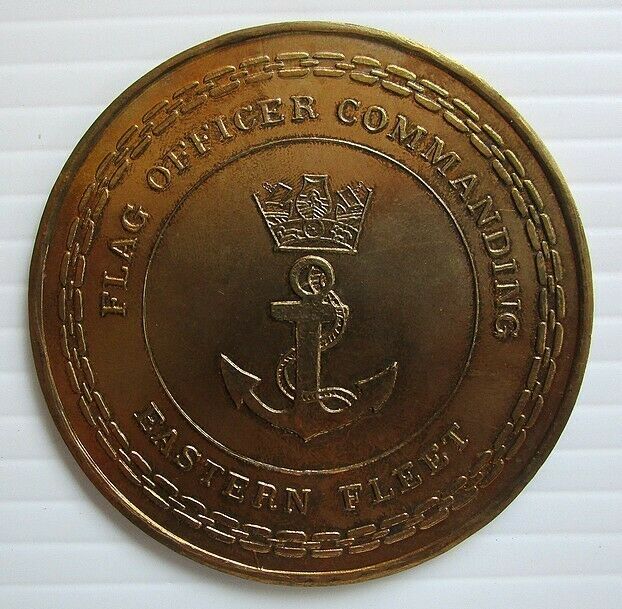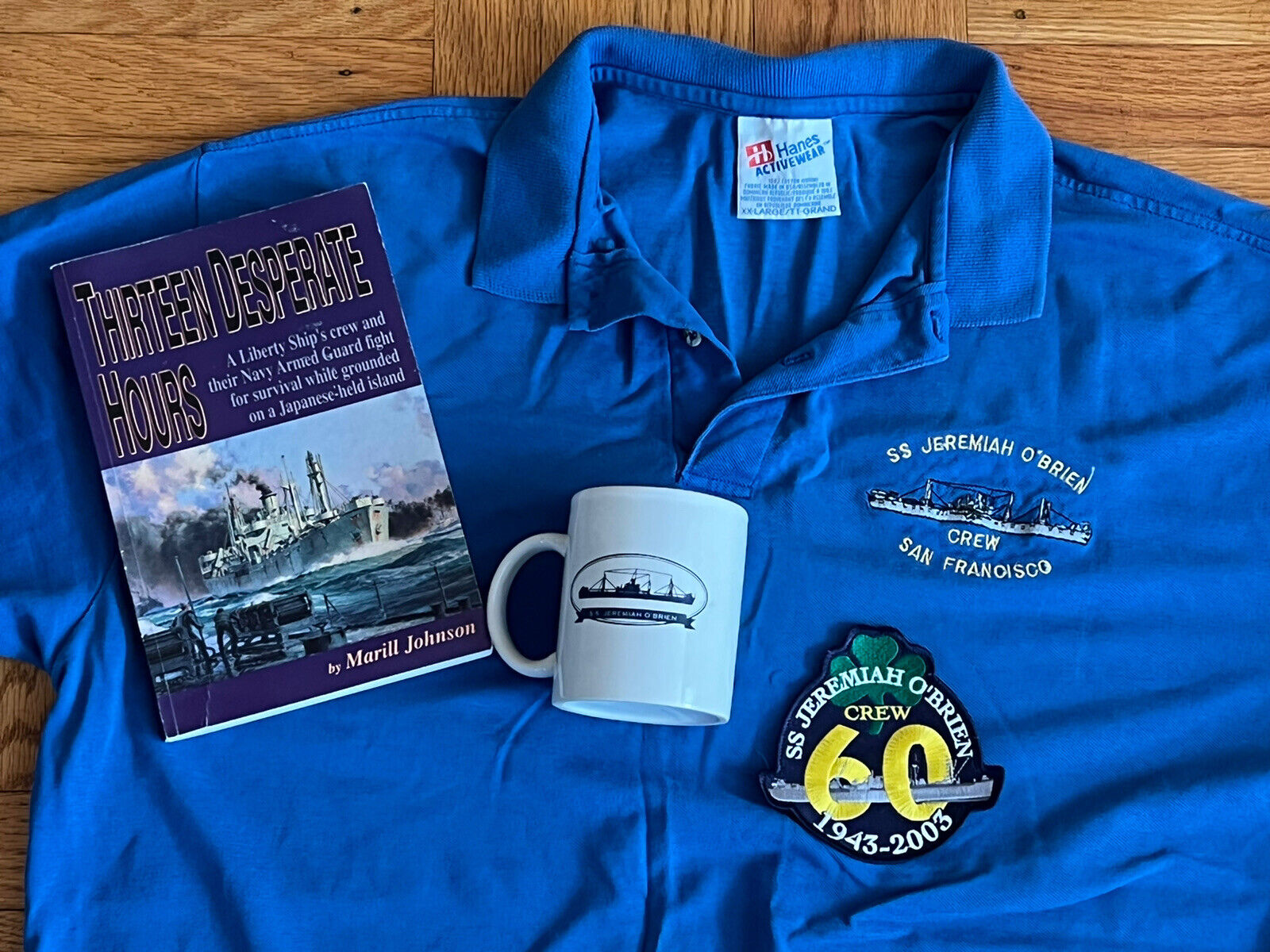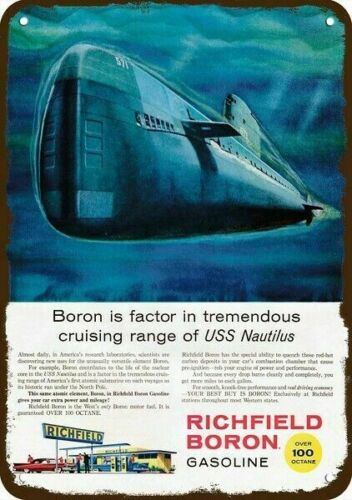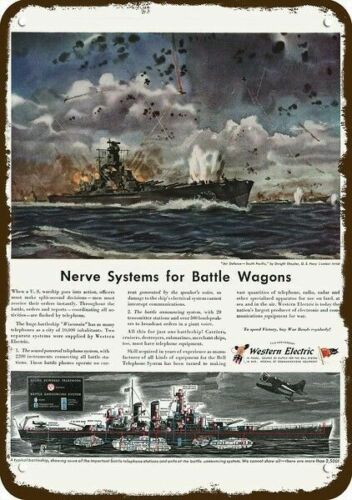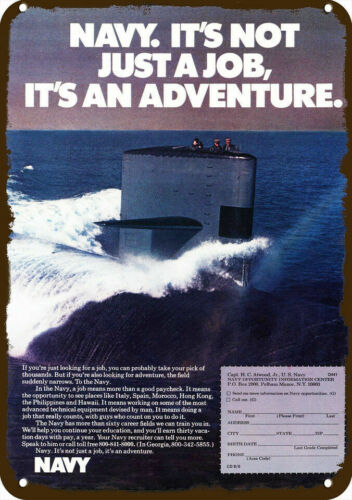-40%
USS New Mexico (BB-40) Navy Charles Lundgren Painting Art Print
$ 15.83
- Description
- Size Guide
Description
We combine shipping on Buy it now auctions. We accept all offers with stated shipping charges. We can reduce the price or shipping, but not both . Beautiful embossed litho art print Measures 8x10" Limited Edition Print. 1986 Fleetwood. Suitable for framing. Embossed seal of authenticity on Print of Ship. USS New Mexico (BB-40) was a battleship in service with the United States Navy from 1918 to 1946. She was the lead ship of a class of three battleships, and the first ship to be named for the state of New Mexico. Her keel was laid down on 14 October 1915 at the New York Navy Yard, she was launched on 23 April 1917, and was commissioned on 20 May 1918. She was the first ship with a turbo-electric transmission, which helped her reach a cruising speed of 10 knots (19 km/h; 12 mph). Shortly after completing initial training, New Mexico escorted the ship that carried President Woodrow Wilson to Brest, France to sign the Treaty of Versailles. The interwar period was marked with repeated exercises with the Pacific and Atlantic Fleets, use as a trial ship for PID controllers, and a major modernization between March 1931 and January 1933. The ship's first actions during World War II were neutrality patrols in the Atlantic Ocean. She returned to the Pacific after the Japanese attack on Pearl Harbor, and participated in shore bombardments during operations at Attu and Kiska, Tarawa, the Marshall Islands, the Mariana and Palau islands, Leyte, Luzon, and Okinawa. These were interspersed with escort duties, patrols, and refits. The ship was attacked by kamikazes on several occasions. New Mexico was present in Tokyo Bay for the signing of the Japanese Instrument of Surrender on 2 September 1945. Four days later, she sailed for the United States, and arrived in Boston on 17 October. New Mexico was decommissioned in Boston on 19 July 1946, and struck from the Naval Vessel Register on 25 February 1947. The ship was sold for scrapping to the Lipsett Division of Luria Bros in November 1947, but attempts to bring the ship to Newark, New Jersey, for breaking up were met by resistance from city officials. City fireboats were sent to block the passage of the battleship and the Lipsett tugboats, while the United States Coast Guard declared intentions to guarantee safe passage. The Under Secretary of the Navy Department was sent to defuse what the media began to call the "Battle of Newark Bay", with the city agreeing to the breaking up of New Mexico and two other battleships before scrapping operations in Newark Bay ceased, and Lipsett under instructions to dismantle the ships in a set timeframe or suffer financial penalties. Scrapping commenced in November and was completed by July 1948. On 30 June 1914, New Mexico was authorized by the United States Congress. Initially, New Mexico was to have been named California, but she was renamed while under construction.[2] Work on the new ship began on 14 October 1915, with her keel laying at the New York Navy Yard. She was launched on 13 April 1917, and commissioned into the fleet on 20 May 1918.[3] Captain Ashley Herman Robertson was her first commanding officer.[4] The ship thereafter began sea trials and a shakedown cruise before formally joining the Atlantic Fleet. In September, she was transferred to Boston. She was present during a naval review held on 26 December in New York City. She escorted the passenger ship George Washington as she carried President Woodrow Wilson to France for the Versailles Peace Conference, departing the United States on 15 January 1919. On 22 February, New Mexico encountered a foundering schooner; after taking off the sinking ship's crew, New Mexico's secondary battery used the vessel for target practice. On 27 February, the ship reached New York, and in mid-July, she had moved to Hampton Roads, Virginia. On 16 July, she became the flagship of the Pacific Fleet. Three days later, she left for California, passing through the Panama Canal and arriving in San Pedro on 9 August.[3] Two of her 5-inch/51 caliber guns were removed in a later overhaul, in 1922.[5] The next twelve years consisted of training exercises and maneuvers in the Pacific and the Caribbean, with the Pacific and the Atlantic Fleets. She also took several cruises to South American ports and was used for the early development of PID controllers. Invented by the Russian-American engineer Nicolas Minorsky for the automated steering of ships, the devices have since become widespread in control engineering.[6] After that, in 1925, she took a cruise to Australia and New Zealand.[7] After her training exercises in the Atlantic and the Pacific were finished, New Mexico was overhauled and modernized at the Philadelphia Harbor by the Navy from March 1931 to January 1933. The overhaul included the replacement of her turbo-electric drive with more conventional geared turbines, which were made by Curtis. In addition, New Mexico received eight 5-inch/25 caliber anti-aircraft guns, replacing the four 3-inch/50 caliber guns that had been previously installed. After the overhaul, she returned the Pacific to continue training exercises and the development of tactical operations.[4][8] Even in 1936 during Fleet Problem XVII,[a] she was one of the fastest battleships in the Navy, having a maximum speed of 21 knots (39 km/h; 24 mph), higher than most U.S. battleships, but only 1.5 knots (2.8 km/h; 1.7 mph) faster than Japan's slowest battleships. This led to the development of the North Carolina-class battleship and South Dakota-class battleship.[10] In 1937, she arrived in Hawaii to sail to Dutch Harbor, Alaska, where she and several other ships were sent to help the Navy evaluate fighting in sub-arctic conditions.[11]Powered by SixBit's eCommerce Solution






